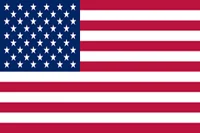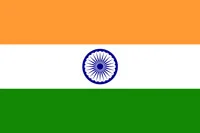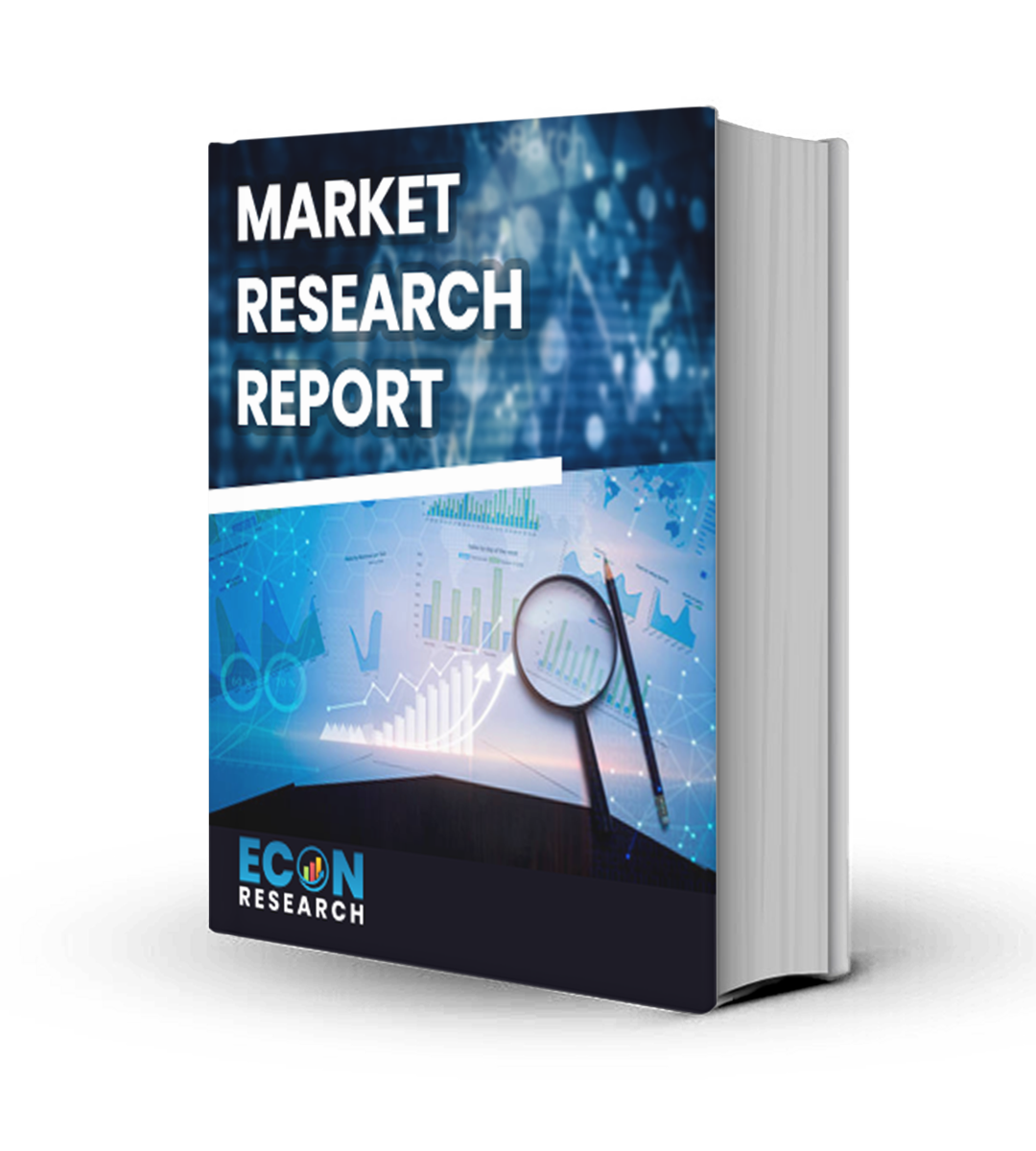Aquafeed Market Size, Share, Trends, Growth, and Industry Analysis, By Form (Dry, Moist, and Wet), By Additives (Amino Acids, Antibiotics, Vitamins & Minerals, Feed Acidifiers, Antioxidants, Enzymes, Anti-parasitic, Probiotics & Prebiotics, and Others), By Feed (Starter Feed, Grower Feed, Finisher Feed, and Brooder Feed), Application (Carp, Rainbow Trout, Salmon, Crustaceans, Tilapia, Catfish, Sea Bass, Grouper, and Others) Regional Analysis and Forecast 2032.
STUDY PERIOD: 2019-2032
BASE YEAR: 2023
HISTORICAL DATA: 2019-2022
Global Aquafeed Market size was USD 68.22 billion in 2023 and the market is projected to touch USD 97.05 billion by 2032, at a CAGR of 4.50% during the forecast period.
Aquafeed is of paramount importance in aquaculture, which is the farming of aquatic species in controlled environments. Their formulation fulfils the role of nourishing aquatic species and promoting a healthy growth process, maximizing fisheries production in varied aquaculture systems.
The aquafeed market has seen considerable growth over the few years, fuelled largely by the increasing demand for seafood due to the growing population on a world-wide basis and changing dietary preferences. With more people looking to fish and other seafood as an important source of protein and, as such, aquaculture has become an essential solution for this demand. The trend on the market is also influenced by advancements in feed formulations technology and sustainability motives. Presently, producers are coming up with quality, eco-friendly feeds that enhance aquatic life with the least environmental impact. The market is further boosted by the growing awareness of seafood nutritional benefits and government support for aquaculture initiatives
Aquafeed Report Scope and Segmentation.
|
Report Attribute |
Details |
|
Estimated Market Value (2023) |
USD 68.22 Billion |
|
Projected Market Value (2032) |
USD 97.05 Billion |
|
Base Year |
2023 |
|
Historical Year |
2018-2022 |
|
Forecast Years |
2024 – 2032 |
|
Scope of the Report |
Historical and Forecast Trends, Industry Drivers and Constraints, Historical and Forecast Market Analysis by Segment- Based on By Form, By Additives, By Feed, By Application, & Region. |
|
Segments Covered |
By Form, By Additives, By Feed, By Application, & By Region. |
|
Forecast Units |
Value (USD Million or Billion), and Volume (Units) |
|
Quantitative Units |
Revenue in USD million/billion and CAGR from 2024 to 2032. |
|
Regions Covered |
North America, Europe, Asia Pacific, Latin America, and Middle East & Africa. |
|
Countries Covered |
U.S., Canada, Mexico, U.K., Germany, France, Italy, Spain, China, India, Japan, South Korea, Brazil, Argentina, GCC Countries, and South Africa, among others. |
|
Report Coverage |
Market growth drivers, restraints, opportunities, Porter’s five forces analysis, PEST analysis, value chain analysis, regulatory landscape, market attractiveness analysis by segments and region, company market share analysis. |
|
Delivery Format |
Delivered as an attached PDF and Excel through email, according to the purchase option. |
Dynamic Insights
The fundamental drivers of the whole aquafeed market rest upon some of the major functions, such as increasing into marine products' demands, development in aquaculture practices, and focusing more towards sustainability. Fishery products demand is fuelled by the burgeoning global population and evolving consumer preferences toward healthy protein sources. With the health concerns of highly health-conscious consumers, the shift toward seafood as a preferred lean protein source continually increases aquaculture production and thus the demand for high-quality aquafeeds.
However, there are different challenges to face, such as the availability of raw materials and increased production costs, which hassled the aquaculture feed industry. Another heads-up in sourcing raw material such as fishmeal and soy is that, due to supply-and-demand conditions, price variations may accordingly result in profitability issues for aquafeed manufacturers. Furthermore, mounting regulatory struggles over environmental sustainability and animal welfare have pushed producers to source and produce aquafeed in a more responsible approach. As a result, innovation has sprung from this to formulate alternative ingredients like plant-based proteins and insect meals, bringing forth another wave of sustainable aquautrture feed options.
Drivers Insights
- Increasing Demand for Seafood
The global demand for seafood is rapidly increasing due to rising populations and changing dietary preferences. Seafood has gained recognition as healthy protein food, rich in omega-3 fatty acids and other essential nutrients. This phenomenon has also been amplified by consumer awareness of health and wellness, prompting the shift of consumers away from traditional meat sources toward seafood, including fish and shellfish. Aquaculture can, therefore, be noted as one of the significant drivers responsible for delivering this supply created by such great demand. This will provide ideas for aquafeed producers across the globe, particularly from the Asia-Pacific region, to enhance or innovate new ingredients for aquafeeds to supply this growing market.
- Technological Advancements in Feed Formulation
Ongoing development in the technology of feed formulation is changing an aquafeed market. Advances in science and technology are now enabling more specific feeds, specially tailored for nutritional needs of an expanding number of species of aquatic animals, thus improving growth rates and raising the efficacy of feeding in aquaculture systems while minimizing waste. The production of fortified and functional feeds that support fish health and immune response has also become an area of great concern. These advances in technology are pushing market growth, providing better performance with improved sustainability, and encouraging more aquaculture operations to adopt modern feeding practices.
Restraints Insights
- Raw Material Availability and Cost Fluctuations
One of the significant challenges facing the aquafeed market is the availability and cost of raw materials. Key ingredients like fish meal and soy are subject to price volatility due to supply chain disruptions, climate change impacts, and competition for agricultural resources. These fluctuations can lead to increased production costs for aquafeed manufacturers, affecting their profitability. Moreover, the overfishing of wild fish stocks raises concerns about the sustainability of fish meal sourcing, prompting calls for more responsible sourcing practices. As a result, manufacturers must navigate these challenges while ensuring the quality and affordability of their products.
- Regulatory Challenges
The aquafeed industry faces increasing regulatory scrutiny related to environmental sustainability and animal welfare. Governments and international organizations are implementing stricter regulations on feed composition, labeling, and safety standards. These regulations can impose additional costs and complexity for aquafeed producers, particularly smaller companies that may lack the resources to comply with changing guidelines. Furthermore, the pressure to reduce the environmental impact of aquaculture, such as pollution and resource depletion, adds another layer of challenges for the industry. Compliance with these regulations is essential for maintaining market access, but it can also constrain operational flexibility and increase costs.
Opportunities Insights
- Sustainable Aquafeed Solutions
Increased emphasis on sustainability presents serious opportunities in the aquafeed market. As consumers become environmentally-conscious, there will be greater demand for aquafeeds sustainably sourced and produced. Consequently, this now forces some manufacturers to review alternative protein sources, including plant-based ingredients and insect meals, which diminish dependence on traditional fish meal. Competitive advantage can be gained by companies that bring in research and development into the formulation of green feed production and thus attract a wider market base. Furthermore, partnerships allowing aquaculture farms sustainable practices will create a breeding ground for innovation to enable the development of more ecologically viable products.
Segment Analysis
- By Form
The aquafeed market is primarily segmented by form into dry, moist, and wet feeds. Dry feeds are the most commonly used form, favored for their convenience, shelf life, and ease of storage and handling. They are typically formulated as pellets or granules and are easy to transport, making them popular among aquaculture farms. Moist feeds, which contain higher moisture content, provide a balance between nutrient density and palatability, making them suitable for certain species that prefer softer textures. Wet feeds, although less common, are highly palatable and can enhance feed intake among fish and crustaceans. Each form is selected based on the specific requirements of the aquatic species being farmed, feeding practices, and farm management strategies.
- By Additives
The aquafeed market is also segmented by additives, which play a crucial role in enhancing the nutritional profile and effectiveness of the feeds. Key additives include amino acids, vitamins, and minerals that promote growth and overall health. Antibiotics are used to prevent diseases, while feed acidifiers help improve gut health and nutrient absorption. Antioxidants guarantee a longer shelf life, and enzymes enhance the feed's digestibility. Probiotics and prebiotics are gaining popularity, as these promote a healthy gut microbiome and are considered essential for the well-being of aquatic animals. Additives can impact aquafeed performance, which could greatly influence the growth rates, feed efficiency, and general health of the farmed species.
- By Feed Type
Aquafeeds are further segmented by feed type into starter, grower, finisher, and brooder feeds. Starter feeds are specifically formulated for young fish and crustaceans, providing high protein content and essential nutrients to support early growth stages. Grower feeds are designed for fish that are transitioning to larger sizes, containing a balanced mix of nutrients to promote healthy development. Finisher feeds are utilized during the final growth phase, focusing on maximizing weight gain and enhancing meat quality before harvest. Brooder feeds are tailored for breeding fish, ensuring they receive the necessary nutrients to produce healthy offspring. This segmentation allows aquaculture operators to select the appropriate feed formulations that cater to the specific growth stages and requirements of different aquatic species.
- By Application
The application segment of the aquafeed market in broad terms consists of different aquatic species like carp, rainbow trout, salmon, crustaceans, tilapia, catfish, sea bass, grouper, etc. There exists a few decisive common specifications including proper protein content along with fatty acids based on multiple diets that influence the preparations of aquafeeds based on the fish species itself. For instance: such dietary specifics as salmon and trout have been compared, which need feeding with very high protein requirements that would be rich in omega-3 fatty acids to encourage maximum growth and overall health, while those like tilapia and catfish can very well be engaged in plant-based diets;crustaceans like shrimp also would require special feeds to help in shell development and growth. Aquafeed producers will ensure processing the feeds properly by serving these aquatic species according to their required nutritive needs, optimizing the feed efficiency, enhancing the growth rate, and overall productivity in aquaculture farms.
Regional Analysis
The Asia-Pacific region holds the most sizable share of the aquafeed market due to the massive aquaculture industry in China, India, and Vietnam. China's aquafeed production and consumption involve a wide variety of species, including carp and tilapia. The rising middle class and increased fish consumption in the region are encouraging high-quality aquafeeds, increasing the attention on feed formulations and sustainability practices.
North America and Europe are also important overall markets due to a varying emphasis on the changing dynamics of sustainable aquaculture where specialized feeds for high-value species such as salmon and trout are formulated and developed. Here the rise of awareness toward the health benefits of seafood has made aquaculture investments a focus. Similarly, Latin America is developing a growing demand for aquafeeds that pulls in aquaculture operations in Brazil and Chile. The area has found a major niche for high-quality seafood products for export. Africa is in the early stages of exploring aquaculture, with its countries, including Nigeria and Egypt, placing emphasis on aquafeeds to improve food security and to meet local dietary needs.
Competitive Landscape
It is generally accepted that the key players are Cargill, ADM Animal Nutrition, and Nutreco, which thus dominate the market due to their well-established research and development capabilities in providing innovative and quality feeds for diverse aquatic species. Due to their various supply chains and distribution networks, these agencies can sell their products collaterally to aquaculture farms globally. The increasing focus of these famous houses on sustainability and green initiatives-the pressure from consumers and regulators' demands for responsible sourcing and production-is one stark feature today. These big players would typically also make considerable investments in technology and sourcing ingredients from credible suppliers to assure the quality and consistency of products.
Along with the big corporates, many smaller firms and local manufacturers play essential roles in the aquafeed market, particularly in developing regions. These companies mainly concentrate on selected species or regional formulations, leading to being able to cater for the specific needs of local aquaculture operations. The competitive field would also be characterized by strategic partnerships, collaborations, mergers, and acquisitions as companies attempted to widen their market reach and enhance their product offerings. Collaborations between aquafeed manufacturers and aquaculture farms enable the development of site-specific feed formulations for specific aquaculture species designed to maximize growth and health.
List of Key Players:
- Aker Biomarine
- Aller Aqua
- Avanti Feeds Ltd.
- BENEO
- Biostadt India Ltd.
- Cargill, Inc.
- Charoen Pokphand Foods PCL
- Dibaq Aquaculture
- INVE Aquaculture
- Purina Animal Nutrition LLC
- Ridley Corp. Ltd.
- Skretting
- The Waterbase Ltd.
- Alltech
Recent Developments:
- September 2024, European Protein has teamed up with Malaysian feed manufacturer Yenher Holdings Berhad to set up two new fermentation facilities aimed at serving the animal feed markets in Southeast Asia.
- March 2023, Blue Aqua International, Bahwan Services and Trading LLC (BSTL), and Muscat Investment House (MIH) have entered into a strategic partnership to develop aquaculture initiatives in Singapore and Oman. This collaboration aims to foster sustainable growth in the aquaculture sector while addressing global food security challenges. As part of the multi-phase aquaculture development project in Oman, Blue Aqua International will work alongside BSTL and MIH to establish the country's first state-of-the-art aquafeed mill, with a production capacity exceeding 30,000 tonnes. Additionally, the project will feature a high-tech trout farm designed to produce 3,000 tonnes and a super-intensive shrimp farm utilizing Blue Aqua's patented Mixotrophic System to generate 1,000 tonnes of shrimp annually across eight countries.
- March 2023, BioMar, a global leader in sustainable aquaculture feeds, is broadening its range of offerings to include pond and tank health solutions. The company has introduced a new product category focused on bioremediation, designed to maintain optimal environmental conditions for shrimp throughout their life cycle, from hatchery to grow-out.
Aquafeed Report Segmentation:
|
ATTRIBUTE |
DETAILS |
|
By Form |
|
|
By Additives |
|
|
By Feed |
|
|
By Application |
|
|
By Geography |
|
|
Customization Scope |
|
|
Pricing |
|
Objectives of the Study
The objectives of the study are summarized in 5 stages. They are as mentioned below:
- Global Aquafeed size and forecast: To identify and estimate the market size for global Aquafeed market segmented By Form, By Additives, By Feed, By Application, and by region. Also, to understand the consumption/ demand created by consumers between 2024 and 2032.
- Market Landscape and Trends: To identify and infer the drivers, restraints, opportunities, and challenges for global Aquafeed
- Market Influencing Factors: To find out the factors which are affecting the market of global Aquafeed among consumers.
- Company Profiling: To provide a detailed insight into the major companies operating in the market. The profiling will include the financial health of the company's past 2-3 years with segmental and regional revenue breakup, product offering, recent developments, SWOT analysis, and key strategies.
Frequently Asked Questions
Request For Table of Content
Research Methodology
Multi-report Purchase Plan
A Customized Plan Will be Created Based on the number of reports you wish to purchase
InquireRelated Reports
Client Testimonials
“We value your excellent customer service, promptness in responding, flexibility in customizing reports, and pleasant manner in general. ”
June S. Lee - SBIC/SBP&T Co.,Ltd
“The study and the services provided by Econ Research have more than met my expectations. The study has good depth and breadth and was reasonably priced. Instant responses to my questions delighted me, and the project went off without a hitch. When I require information about a different industry to help my clients, Econ Research would be the first market research firm I would get in touch with.”
Dan Dybus - AlixPartners


